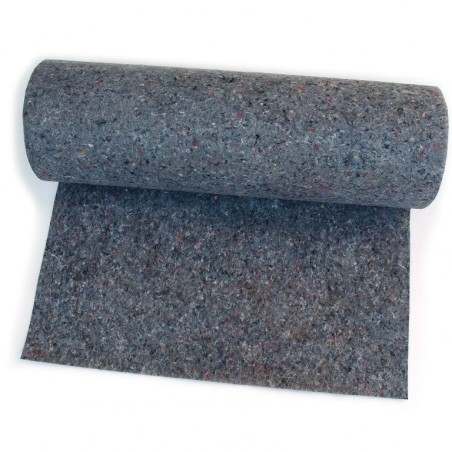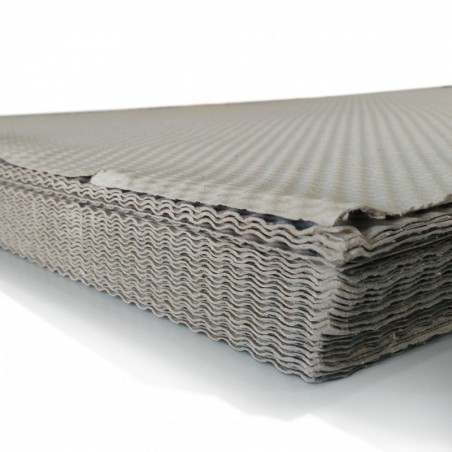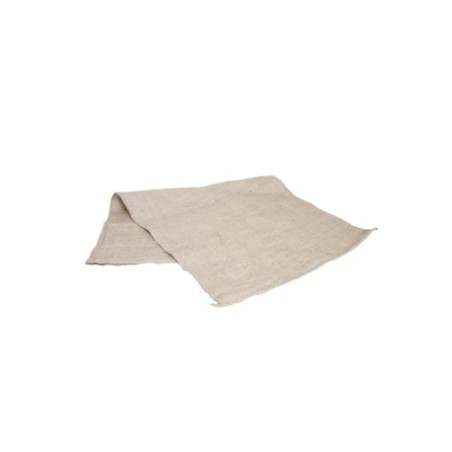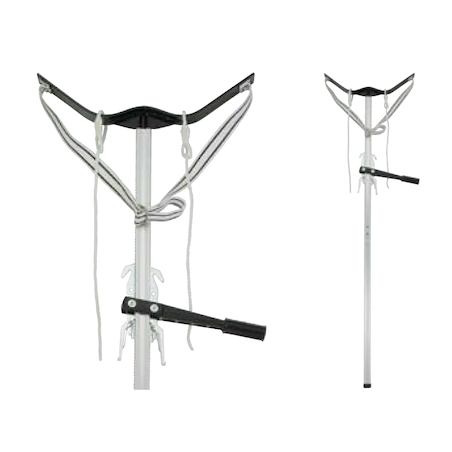Alternatives to farrowing crates have been developed to improve sow welfare. These alternative farrowing systems have been designed to provide more space, allowing sows greater freedom of movement during lactation. This experiment was part of a larger study comparing sow and piglet performance and behaviour in two farrowing systems. In one farrowing system, sows were housed in crates from 5 days pre- until 28 days post-farrowing (N = 15 sows and 187 piglets born). In the other farrowing system, sows were initially housed in crates from 3 days pre-farrowing until day 4 of lactation, after which they were loose within a pen until weaning at 28 days (N = 16 sows and 178 piglets born). The objective was to compare the behaviour of sows and piglets in crates and pens during days 1–6 post-farrowing.
Sows in both systems spent the majority of their time lying (88–94% of the time in crates, and 72–94% of the time in pens) and there was no difference between crates and pens for the amount of time sows spent standing, sitting, or lying during days 1–6. Sows in pens investigated and touched their piglets more than sows in crates. Piglets in pens tended to spend less time inactive in open areas of the farrowing space compared to piglets in crates.

The current study demonstrated that the farrowing system design can influence sow behaviour, with pens allowing for more interactions between sows and their piglets.
Kirsty L. Chidgey, Patrick C.H. Morel, Kevin J. Stafford, Ian W. Barugh. Observations of sows and piglets housed in farrowing pens with temporary crating or farrowing crates on a commercial farm. Applied Animal Behaviour Science. Volume 176, March 2016, Pages 12–18. doi:10.1016/j.applanim.2016.01.004







